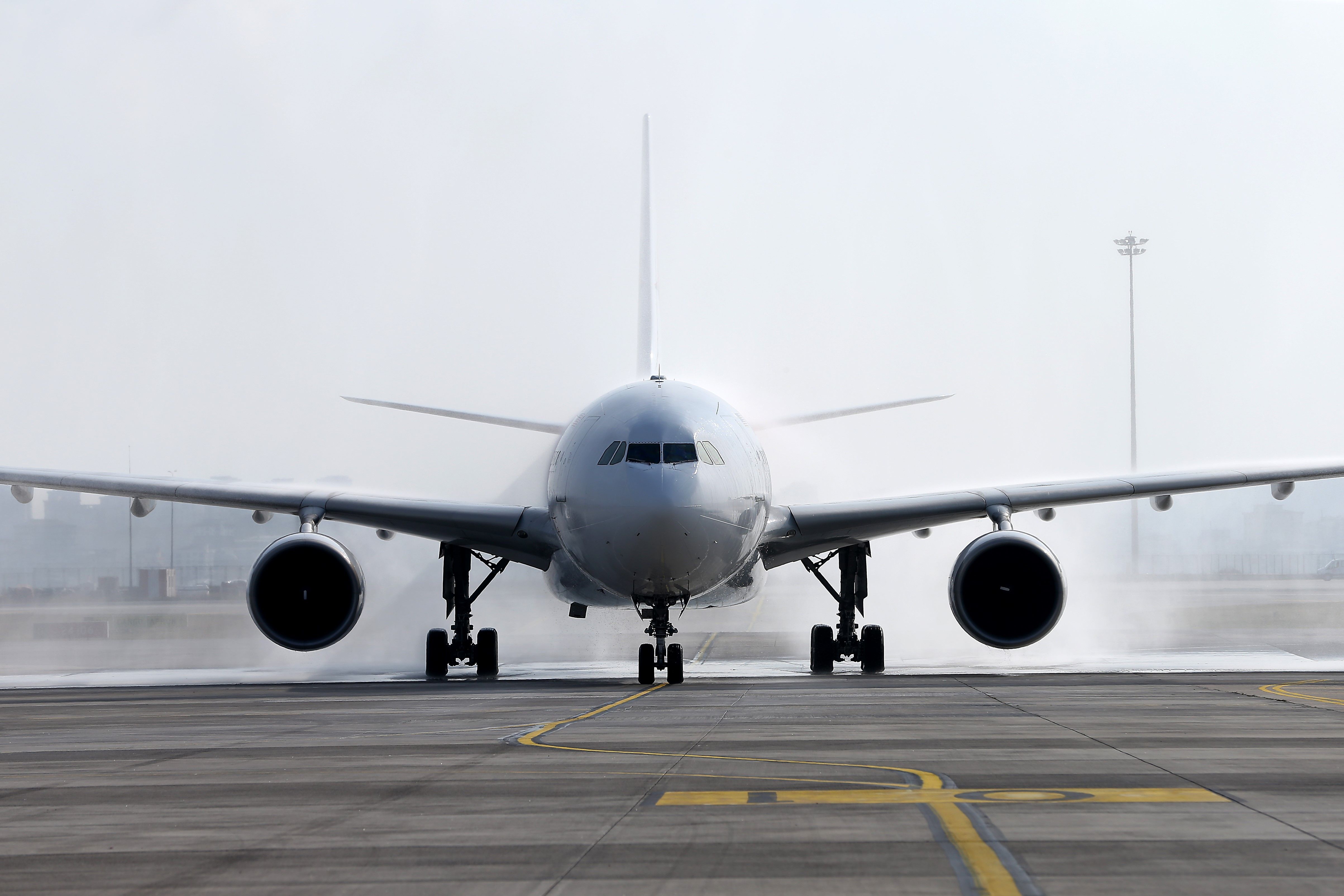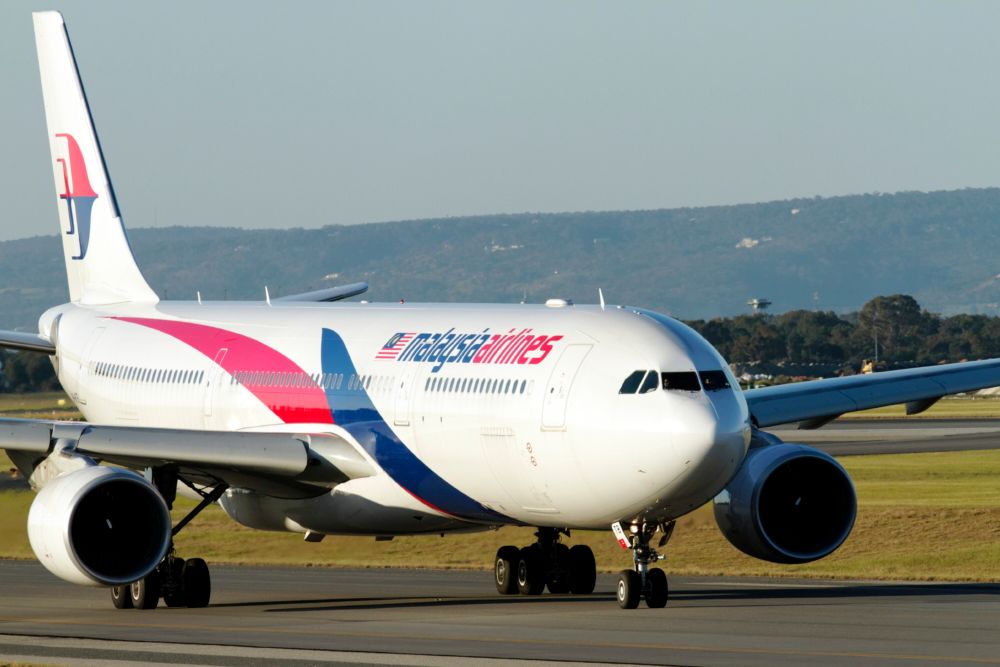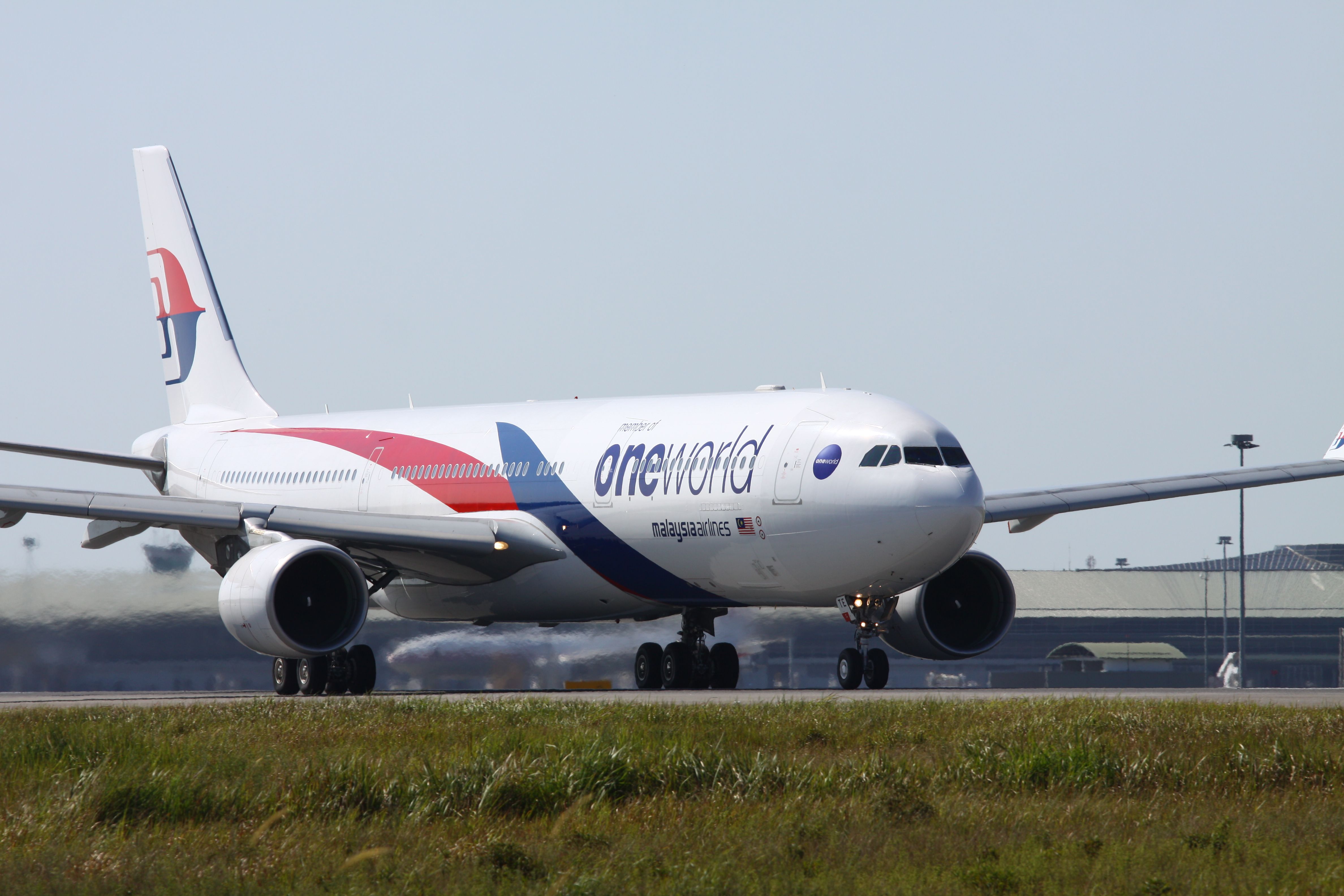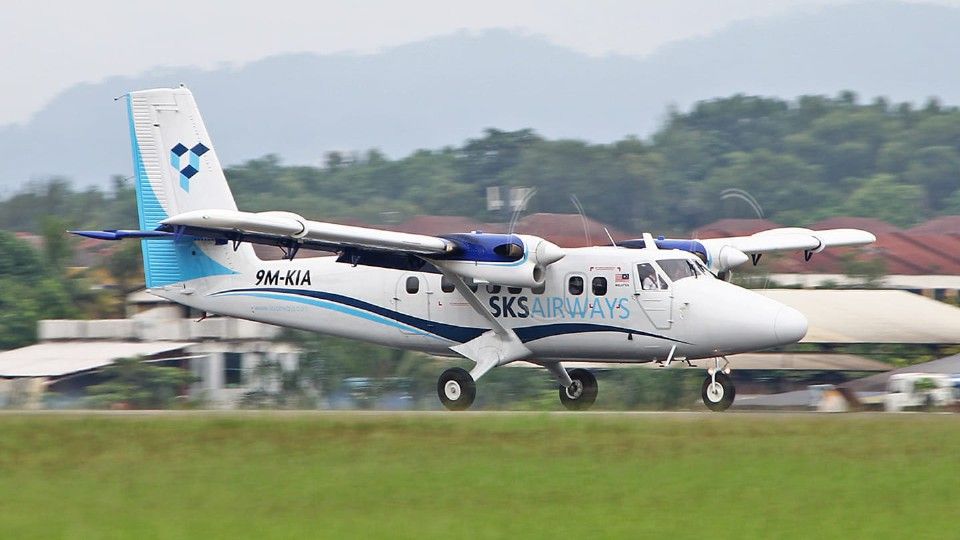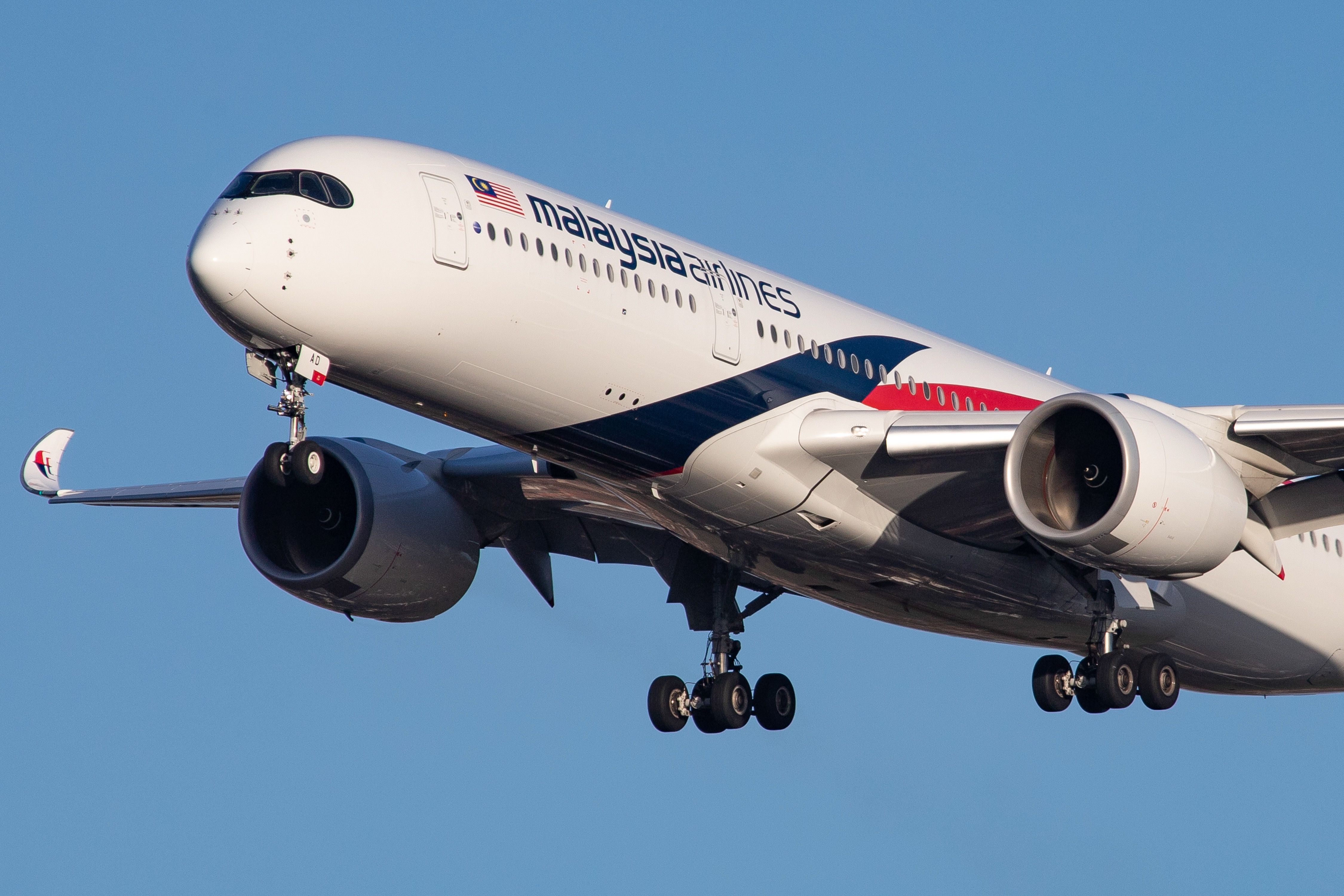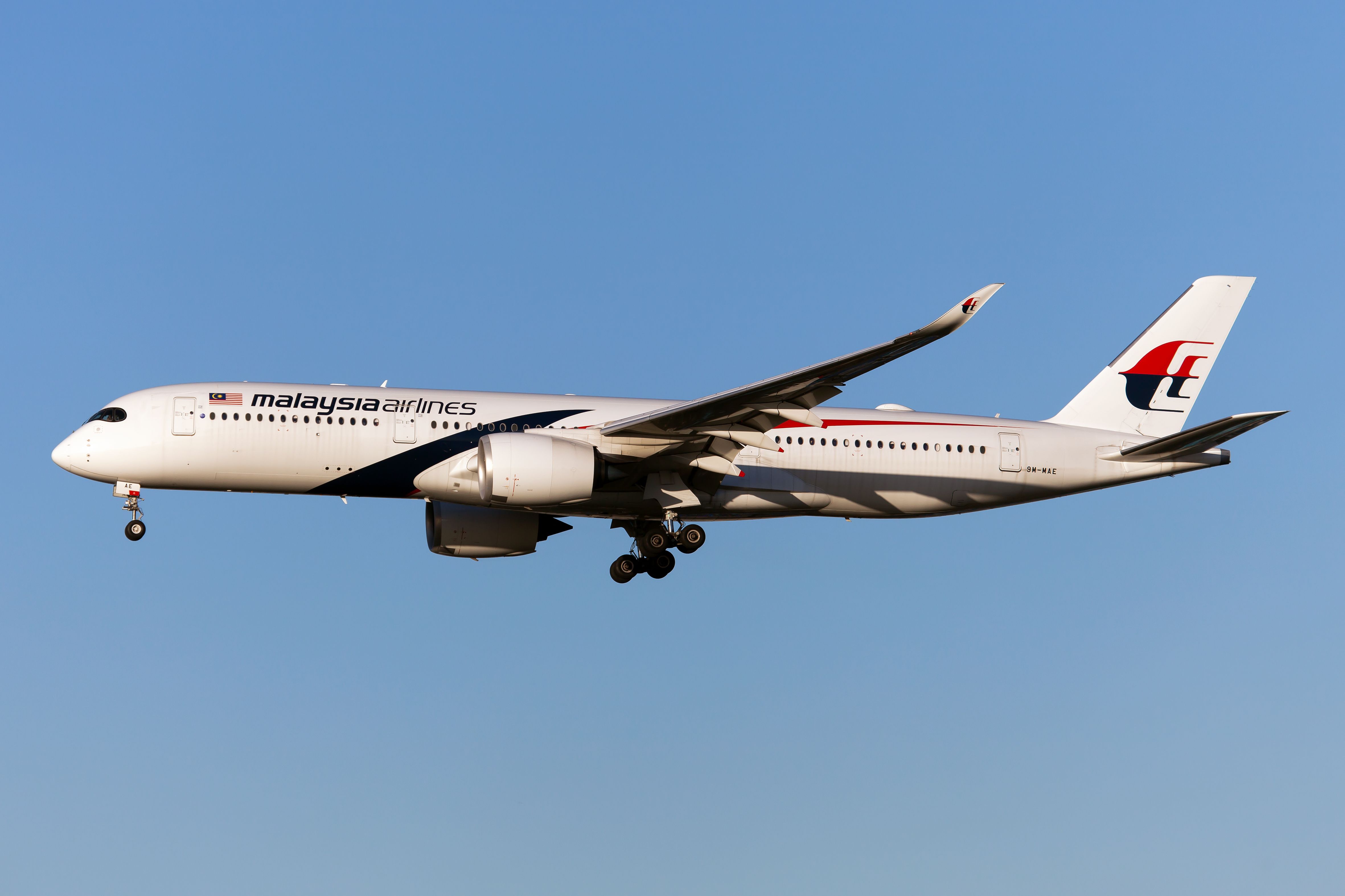Malaysia Airlines is exiting the pandemic in a less than strong position. The airline has had to face some of the strictest COVID-related restrictions and has made no secret of the financial difficulties that these challenges have caused.
With little opportunity to do business, aside from rescue and repatriation flights and a bit of cargo work, the airline’s funds began to run short. It was reported that it was burning through $84 million a month, and by October 2020, its owner Khazanah warned of finances running dry. Days later, rumors indicated the airline was reaching breaking point, with Khazanah saying it could shut down if it’s not able to restructure.
But MAB did not shut down, and did receive the help it needed to implement its restructure. It has retired its six A380s, raised money through innovative means (like selling amenity kits) and focused on the things it could do, like flying cargo. It has also undergone a digital transformation, readying itself for a technology-driven future and for delivering a better travel experience to its passengers.
But the road to recovery is not a smooth one. Alongside the late lifting of restrictions in the local markets, MAB now faces surging fuel prices and disruption to its routings as a result of the conflict in Ukraine. Recovery is happening, but it’s happening slowly. Speaking at this week’s IBS Software Virtual Airshow 2022, Ahmad Luqman Mohd Azmi, Group COO of Malaysia Airlines, noted,
“The COVID 19 pandemic has been the most devastating tragedy for the aviation industry. And as an industry, we are forecasting a recovery - full recovery - will only happen in 2024.”
Increased competition
The COO noted that, along with all the other challenges it faces in coming out of the pandemic, the competitive landscape in Malaysia is shifting.
Prior to the pandemic, its main local competitor was the AirAsia Group, encompassing AirAsia, AirAsiaX, and its many lifestyle brands such as the Super App. Restructured under the new name of Capital A, this group is also poised for growth, and well-positioned to compete with the refreshed Malaysia Airlines.
But that’s not the only local competition it has to deal with. The Malaysian government approved the launch of not one but two new airline startups in early 2022.
MYAirline is an ultra-low-cost carrier (ULCC) which secured its Air Service License (ALS) on December 22, 2021. It has already leased two Airbus A320s, and is in the process of launching.
Also on the cards is SKS Airways, an airline operating in a niche market of Subang to popular island destinations using a pair of DHC 6-300 Twin Otters. It will fly up to 12 times daily, moving 228 passengers around the islands. Its own ASL was secured on January 1st.
Luqman believes the addition of these new airlines will lead to overcapacity in the market. But he also believes that the chances MAS has already implemented will stand it in a good place to beat the competition. He noted,
“We will continue to look at our gaps; continue to look at how we address the market and create a product that is relevant. That will enable us to out play our competitors in this respect.
“So innovation is key. Usage of technology is key. And then lastly, of course, the ability to use AI and machine learning to predict what the consumer wants before they even make the decision is key.”
Customer satisfaction becomes a KPI
For Malaysia Airlines, its forward focus is on adding value, and being the best it can be for its customers. That’s what will keep the loyalists from defecting to these startups. And this isn’t just lip service; indeed, the satisfaction of its customers is being adopted as a Key Performance Indicator (KPI) – a yardstick by which airlines and other businesses measure their success.
For most airlines, KPIs are usually things like on time performance, revenue per available seat and operating profit margins. MAS will retain all these, naturally, but has added two more. The first relates to the dispatch of flights, and ensuring that every aircraft sent out to work is making enough money to cover all its costs. Cash retention, at this stage, is crucial.
Luqman explained the second KPI, stating,
“Secondly, we have a lot more customer related KPIs, the likes of NPS, the likes of CSI … we want to closely monitor the feedback so that can make sure we are the consumer’s choice of airline.”
NPS is the Net Promoter Score, which indicates how likely one customer is to recommend a business or service to a friend or relative. That is the most powerful form of marketing out there, and comes for free, but has to be earned.
The CSI is the Customer Satisfaction Index, a representation of how happy that customer was with the service or product provided to them. A high CSI will inevitably result in a higher NPS, and it’s that free, powerful marketing that Malaysia Airlines wants to tap into, through its use of big data, AI, and other technological tools.
Malaysia Airlines’ partnership with IBS Software has allowed it to better understand what its customers want, why they choose to fly with MAB, and what the airline can do better. Although there is still some way to go, Malaysia Airlines has positioned itself for a roaring return to business, and a pathway to profitability in the longer term.

